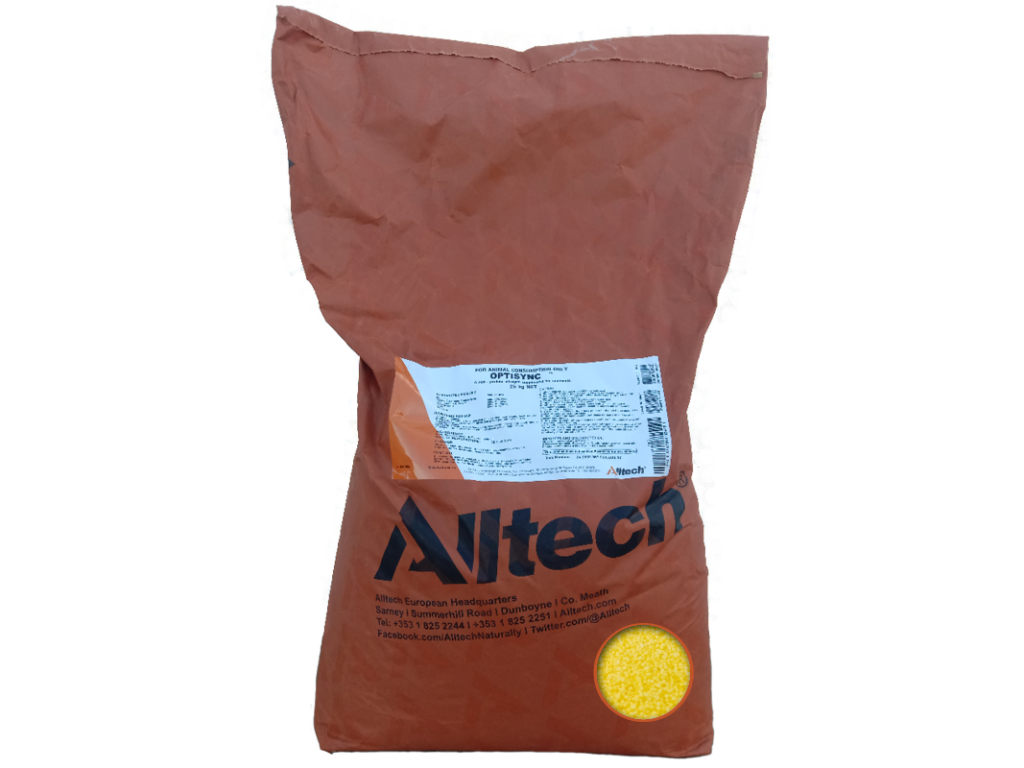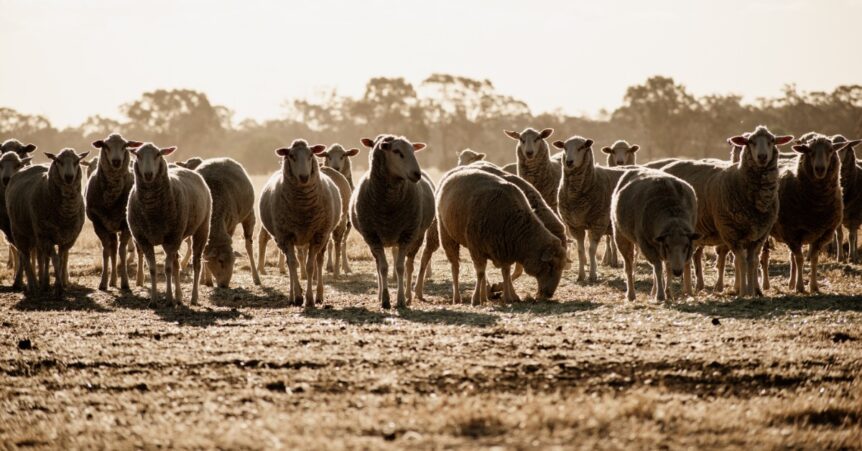Matthew Bastian, Ruminant Sales Representative, Central NSW
At this point in 2021, cereal crops are looking the best they have for the last few years. Once the headers leave the paddock, mixed farming producers will need to start looking at what to do with that stubble and how best to utilise this valuable feed source.
Estimating the feed Value
While crop stubbles can be a valuable source of feed, not all stubbles are of equal value and stubble bulk does not necessarily translate into animal performance. A quick easy way to get an idea of useful feed in the cereal crop is to count the number of grains and green shoots in a 0.1 metre square (32cm x 32cm) and use the below table (to get a more accurate result this should be replicated in different areas of the paddock).
| Grain Quadrant – kilograms of grain/ha | Green Shoot Quadrant – kg DM/ha | ||
| Grains counted | Approx. quantity of grain (kg/ha) | Green shoots counted | Approx. quantity of DM (kg/ha) |
| 6 | 20 | 7 | 20 |
| 13 | 40 | 14 | 40 |
| 20 | 60 | 21 | 60 |
| 26 | 80 | 28 | 80 |
| 33 | 100 | 35 | 100 |
It is important to make an analysis of the stubble before moving livestock on. Large amounts of spilt or left-over grain in paddocks has the potential to cause acidosis if rapidly consumed in high amounts. In the unlikely scenario that paddocks do have high levels of spilt grain present, the animal’s rumen should be acclimatised and adjusted slowly beforehand by using grain and a suitable buffer pellet such as Blueprint Sheep 50 Concentrate Pellet.
Stubble is generally low in protein and high in fibre, therefore the use of a supplementary protein source is beneficial to meet the animal’s production demands.
Optisync™ for grazing stubbles
Optisync™ is Alltech’s controlled release nitrogen technology designed to provide a concentrated source of rumen degradable protein. Optisync supports efficient rumen function and fibre digestion. The slow-release technology provides a safe and constant level of ammonia to the rumen environment, ensuring the rumen bacteria have continued access to this excellent rumen degradable protein source. Without it, rumen bacteria can’t grow, which leads to poor digestibility of fibrous materials in the diet.

How should Optisync be presented to animals?
Optisync be presented to animals? Depending on the production system and facilities on farm, there are a couple of options for providing Optisync to livestock.
- Grain – Optisync can be mixed with cereal grain up to 2.5% inclusion rate. In turn, lifting protein by 6%
- Loose-Lick – Blueprint Utilize is a granulated weather resistant loose mineral lick containing protein, a balance of essential vitamins and organic trace minerals. Blueprint Utilize contains 27.5% crude protein from non-protein nitrogen sources (Optisync and urea).
Feeding recommendations are as follows:
- Sheep 15-30g/head/day
- Cattle 80-100g/head/day
For further information on how we can get the most out of this year’s stubble with optimised liveweight gains and performance, don’t hesitate to get in touch with an Alltech Lienert representative.

